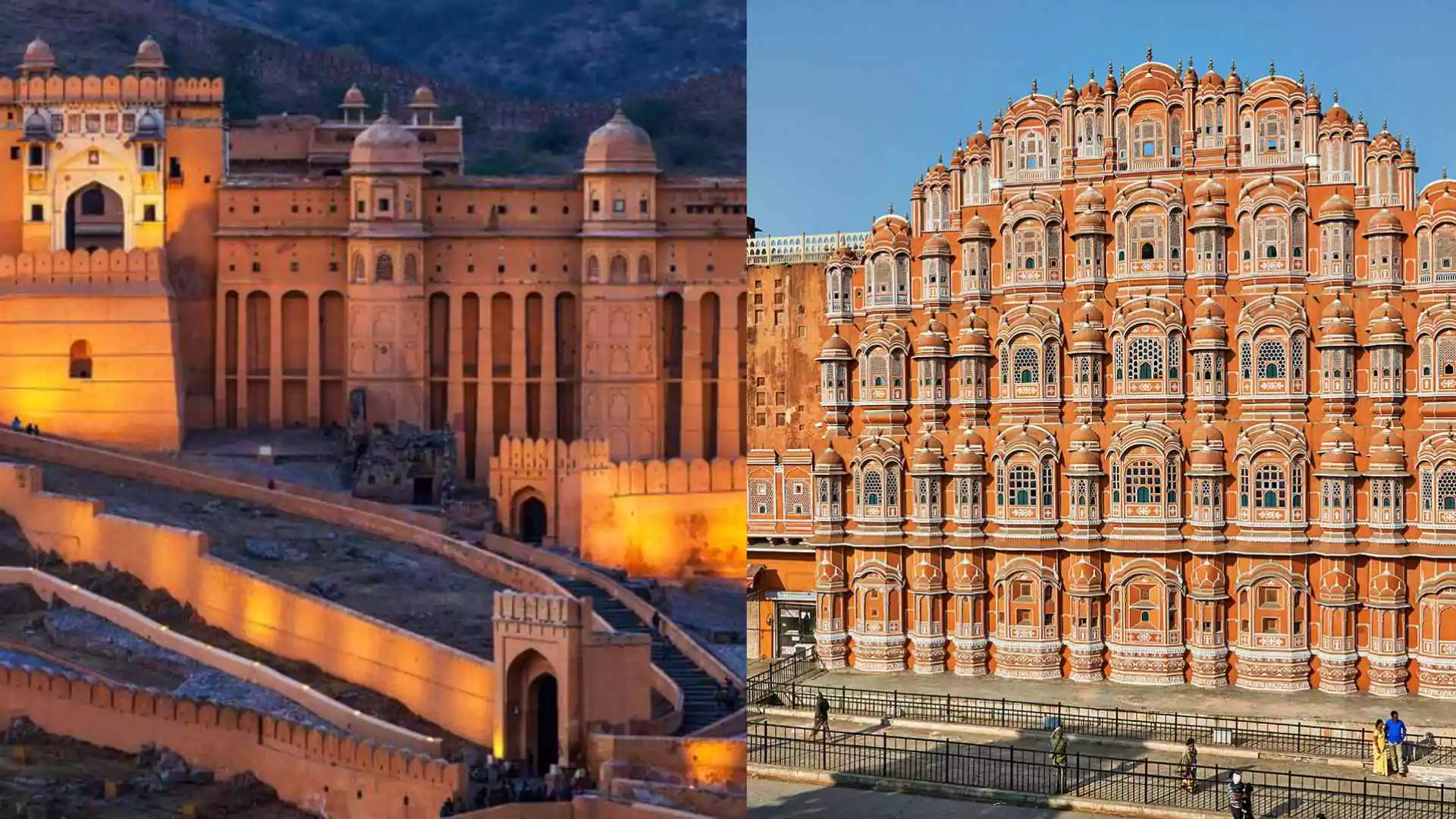Every five years, southeastern Nepal becomes the focal point of a tradition that draws both deep religious devotion and global condemnation. The Gadhimai festival, held near Nepal’s border with India, has been dubbed “the world’s bloodiest festival” due to the mass slaughter of animals performed in honor of the Hindu goddess Gadhimai.
Ancient rituals and mass sacrifice
The Gadhimai festival, rooted in centuries-old religious observance, sees thousands of animals sacrificed in the belief that these offerings will appease the goddess and bring prosperity. The scale of the killings is staggering; during the 2019 festival, an estimated 250,000 animals were slaughtered, according to Humane Society International (HSI).
The tradition traces its origins to Bhagwan Chowdhary, the founder of the Gadhimai temple in Bariyarpur. Legend holds that while imprisoned, Chowdhary was visited in a dream by Gadhimai, who promised him power and prosperity in exchange for a blood sacrifice. Instead of human blood, Chowdhary offered animal sacrifices, which became the basis of the festival.
The event culminates in a month-long observance where thousands of animals, some brought from neighboring India, are ritually killed.
Growing opposition to Gadhimai festival?
Despite its cultural and religious significance, the festival has faced increasing backlash from animal welfare activists. Alokparna Sengupta, HSI’s India Director, condemned the event, stating to TIME, “Gadhimai is infamous for animal cruelty and human exploitation. It is disgraceful that the Gadhimai temple committee is exploiting the hopes, fears, and frustrations of impoverished people for its own profit. The Government of Nepal must protect against the exploitation of hundreds of thousands of people and animals in the name of tradition.”
High-profile figures have also voiced their opposition. French actress Brigitte Bardot called the killings “violent, cruel, and inhumane” in a letter to the Nepalese government. Legal interventions have followed suit, with the Supreme Court of India ordering in 2014 that animals should not be transported across the border for Gadhimai.
Legal rulings against Gadhimai festival
In 2015, temple caretakers announced intentions to make the 2019 festival “free from bloodshed.” However, they later clarified that while devotees might be requested not to perform animal sacrifices, enforcing a complete ban was not feasible.
The Supreme Court of Nepal also intervened in 2016, directing the government to discourage animal sacrifices and begin phasing out the practice. However, activists claim this ruling has been largely ignored. Despite persistent efforts, the mass slaughter persisted in 2019, prompting conservationists to file a case against the government and the temple for non-compliance.
The next round of sacrifices is scheduled to begin on December 8, 2024.
Also Read: Bangladesh To Remove Sheikh Mujibur Rahman’s Portrait From Currency Notes























